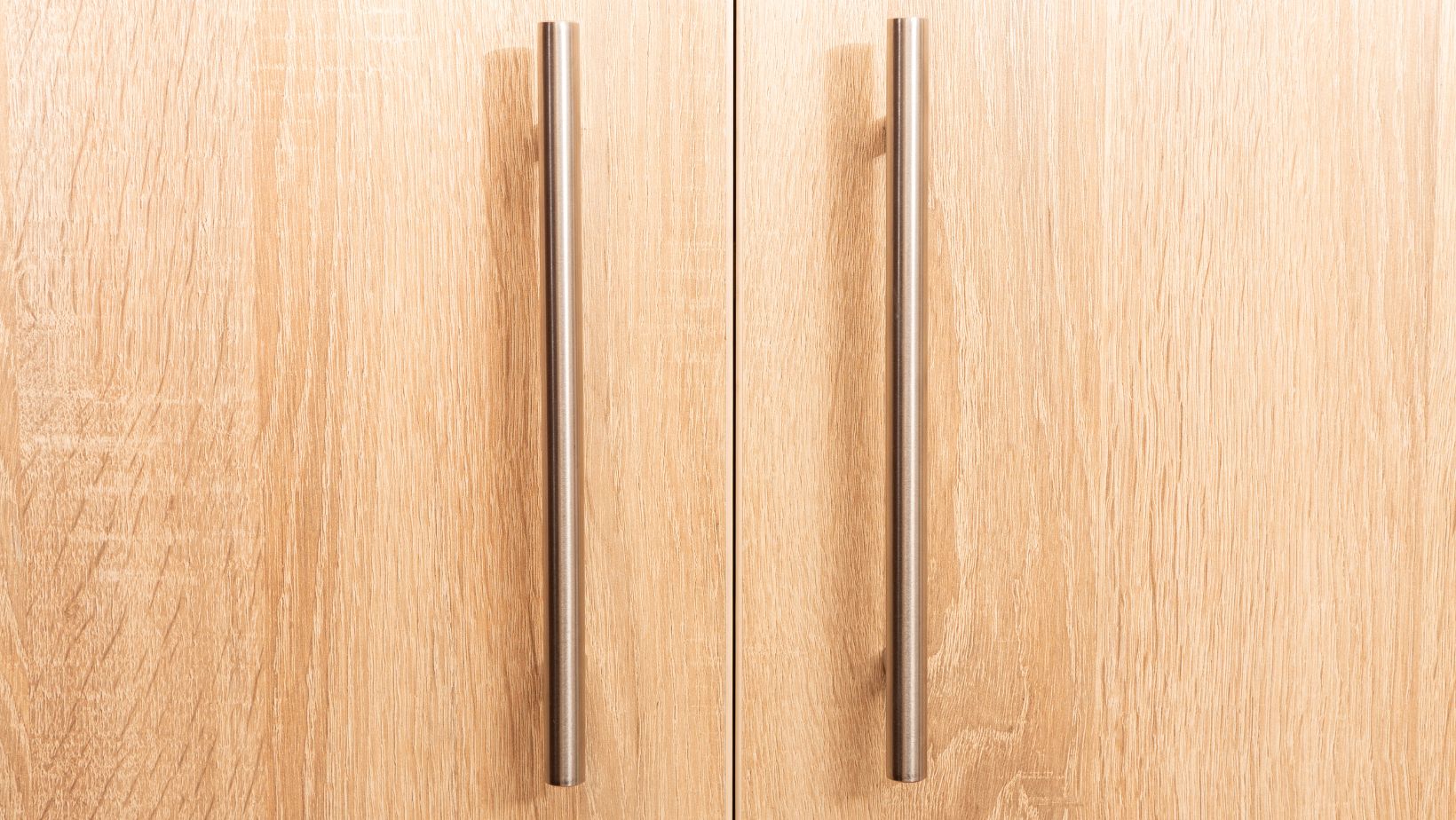
How to Take off Folding Closet Doors
Taking off folding closet doors can be a challenging task, especially if you’re unsure where to begin. In this article, I’ll provide you with some useful tips and step-by-step instructions on how to remove folding closet doors effectively. Whether you’re looking to replace them or simply need access to the space behind, these techniques will help you get the job done smoothly.
Firstly, it’s essential to gather the necessary tools before starting. You’ll typically need a screwdriver (either flathead or Phillips), pliers, and a putty knife. Once you have these items ready, begin by examining your folding closet doors closely. Look for any screws or hardware that are holding them in place.
Next, locate the screws that secure the door panels together at their hinges. Unscrew these screws using your screwdriver and carefully detach each panel from one another. Keep in mind that some folding closet doors may also have additional brackets or pins that need to be removed before they can be taken off completely.
Lastly, once all the panels are separated and any additional hardware is removed, gently lift each panel out of its track or hinge system. Be cautious while doing so as they may be heavy or awkwardly balanced. With all panels removed successfully, your folding closet doors should now be fully detached and ready for any further maintenance or replacement.
By following these simple steps and being patient throughout the process, you’ll find it much easier to take off folding closet doors without causing any damage or frustration along the way. Remember to take note of how everything is assembled so that reinstallation becomes hassle-free when needed.
Why remove folding closet doors?
Taking off folding closet doors may seem like an unnecessary task, but there are several reasons why it can actually be beneficial. Let’s explore a few of them:
- Increased accessibility: Folding closet doors can sometimes impede easy access to the contents inside the closet. Removing them allows for better visibility and makes it simpler to reach items stored in the back or corners of the space.
- Enhanced aesthetics: Folding closet doors, especially older ones, can become worn out or outdated over time. By removing them, you have the opportunity to refresh the look of your room and create a more modern and appealing atmosphere.
- Maximizing space: In smaller rooms or tight spaces, folding closet doors can take up valuable real estate when opened fully. By eliminating these doors, you gain extra square footage that can be utilized more effectively for furniture placement or other storage solutions.
- Easier maintenance: Cleaning and maintaining folding closet doors with multiple panels and hinges can be cumbersome and time-consuming. Taking them off simplifies this task, allowing for easier dusting or painting if desired.
- Customization options: Removing folding closet doors opens up possibilities for customization based on your specific needs and preferences. You could replace them with curtains, install sliding barn-style doors, or leave the area open as an exposed wardrobe display – the choice is yours!
So whether it’s about improving accessibility, enhancing aesthetics, maximizing space utilization, easing maintenance tasks, or exploring customization options, removing folding closet doors offers a range of benefits worth considering in your home improvement endeavors.

Tools needed for removing folding closet doors
When it comes to taking off folding closet doors, having the right tools at your disposal can make the process much smoother and easier. Here are a few essential tools you’ll need:
- Screwdriver: A screwdriver is a must-have tool for removing folding closet doors. You’ll use it to unscrew the hinges and any other hardware that holds the doors in place.
- Pry bar: A pry bar will come in handy when trying to gently pry the door away from its frame, especially if it’s stuck or painted shut. It provides leverage and helps prevent damage to both the door and surrounding surfaces.
- Hammer: While not always necessary, a hammer can be useful for tapping on stubborn parts of the door or frame that won’t budge easily. Just be sure to use it with caution to avoid causing any unnecessary damage.
- Putty knife: If there is old paint or caulk sealing the door frame, a putty knife can help you carefully scrape away these materials without damaging the underlying surface.
- Safety goggles and gloves: Although not technically tools, safety goggles and gloves are essential items to protect yourself during this process. Removing folding closet doors may involve handling sharp objects or coming into contact with dust and debris.
Make sure you have all these tools readily available before starting your project to ensure a hassle-free experience while removing your folding closet doors.





